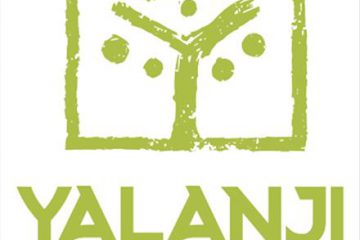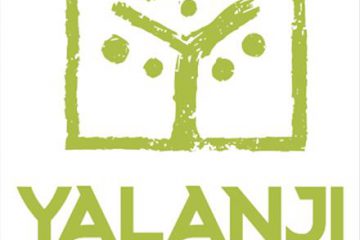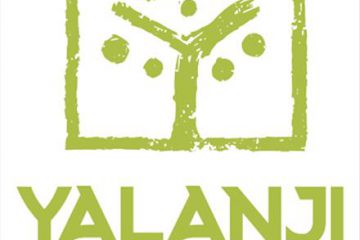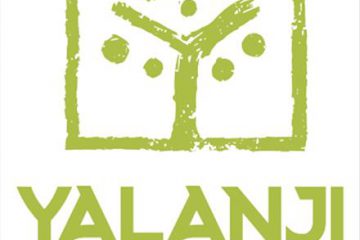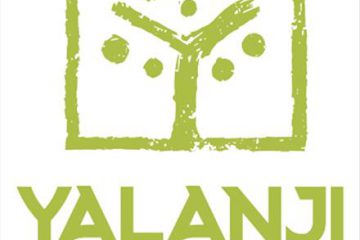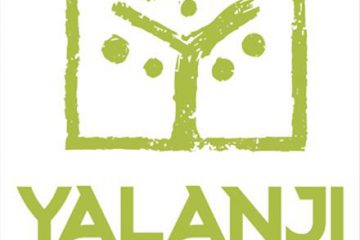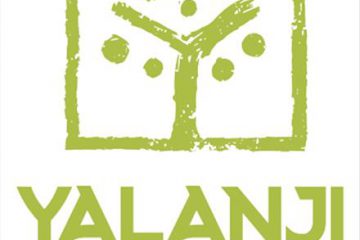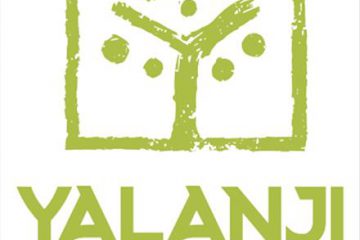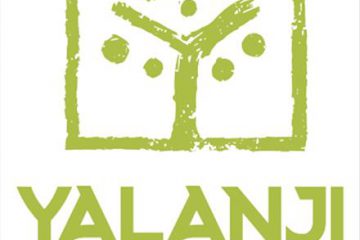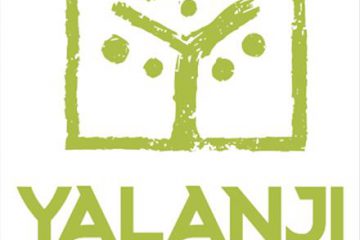Bamanga Bubu Ngadimunku Aboriginal Corporation
225182321812
Yulba (Saltwater Mussel) The Yulba (Saltwater Mussel) is a favourite food in my family. We gather the shells from the mangroves and either cook them in the fire at the beach or take them home. I learned how to find them when I was a little girl and now I Read more…
